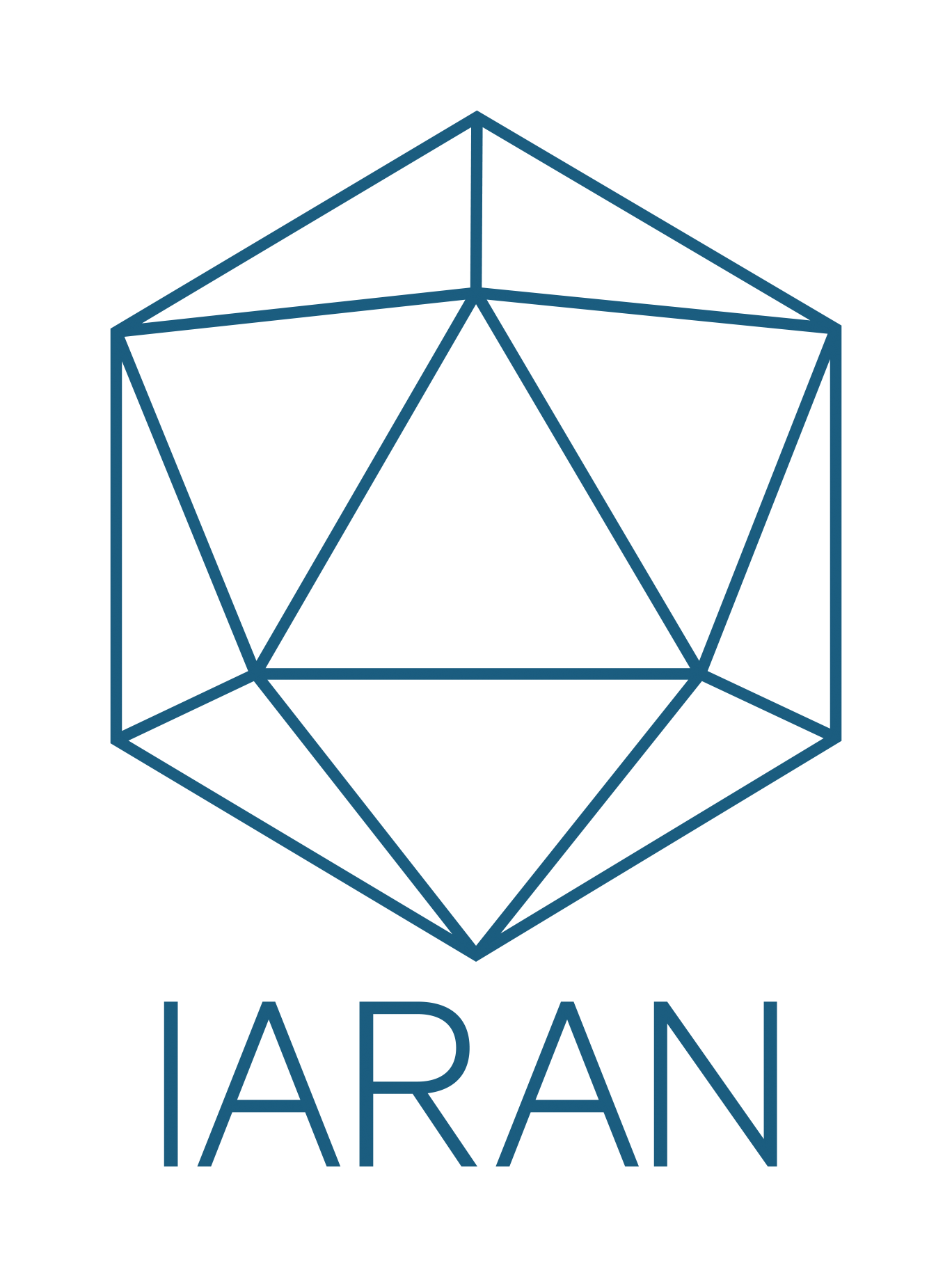Grassroots organizers know their communities best and offer the continuity of support needed throughout the disaster recovery process.
Disaster strikes. Once people receive such earth-shattering reminder of the fragility of life, how do they begin again?
If I’ve learned anything so far from Thousand Currents’ grassroots partners around the world, it is not the physical structures of concrete or brick or wood that matter.
Rebuilding starts from structures that are unseen.
Before the April 2015 earthquakes in Nepal, our partners ASHA Nepal and Nari Chetana Kendra / Women Awareness Center Nepal (WACN) were working with more than 36,000 women in Nepal. These cooperatives, self-help groups, and women’s groups sprung immediately into action following the earthquake. Though they were originally formed under the banner of poverty alleviation, these groups’ resources were particularly well-suited to disaster response.
When your house falls down, to whom do you turn first? For most people, it’s the immediate social network upon which they rely – family, friends, and neighbors. As the widely-acknowledged true “first responders” highlighted in IARAN’s new report, From Voices to Choices, their continuity of support throughout the recovery process is why grassroots organizations matter so much in the wake of disaster. Not only do they respond, they are also best placed to support communities to understand and navigate a changing regulatory landscape throughout the recovery process.
These groups’ deep contextual knowledge, embeddedness within communities, language and cultural skills, and ability to operate with an ear close to the ground is what is most needed in the short- and the long-term. Their efforts to respond might look very different from the international disaster response infrastructure – no fleets of delivery trucks or rows upon rows of tents – but their resourcefulness and compassion deserves more respect and thoughtful investment as they spring to action to reach the most vulnerable, quickly and stay the course.
As an organization with a long-term focus on food, economic, and climate justice, Thousand Currents itself does not focus on humanitarian or relief funding. But we do accompany our grassroots partners and provide multiple-year, flexible support that responds to their goals. This means that after a disaster hits, we do whatever we can (including special funds) to help our partners recover, rebuild, and revitalize their work and their communities. This also means that with climate justice as one of our foci, we support partners in preventing and preparing for climate-related disasters.
The women’s cooperatives, with which WACN and ASHA working in Nepal, had been making decisions together for over a decade when the 2015 earthquakes hit. As organizations with a history and practice of participatory decision-making and community organizing, they knew how to establish shared priorities, balance the needs of individuals with the needs of the wider community, and effectively utilize shared financial resources.
This is important not just for rebuilding, but because moments of disaster highlight under-development, flawed urban planning, and misguided political decisions, wherever it is. Whether it is housing instability in Kathmandu or superfund sites in Houston, when public infrastructure is dictated by private interests, there are wider repercussions for everyone (or many more people) caused by disasters. Before and after, progressive grassroots groups around the world make sure there are self-defined solutions and self-defined goals set by community members for improving their own well-being.
As the severity and unpredictability of storms is increasing with climate change, it is more important than ever for everyone - from first responders next door to wealthy philanthropists half a world away - to recognize, analyze, and address head on the relationship of historical and man-made vulnerabilities and natural phenomena. As for outsiders, it is at once vital that we respond with the urgency that crises demand, and yet extend our support beyond the time-bound transactions of aid resources and results.
While community-based organizations cannot manage major recovery efforts or large-scale rescue operations or rebuild civil infrastructure on their own, grassroots organizers know their communities best and are uniquely situated to offer continuity of support throughout the recovery process. Our partners in Nepal were shaken to their core after the earthquakes, and faced a long road ahead, but they could and did pull from deep resources that stemmed from people’s connections and obligations to each other.
Generosity, compassion, and kindness amongst family, friends, and communities – no matter what they have – is ever present in the aftermath of disaster.
It is how any of us have the courage and strength to begin again.

